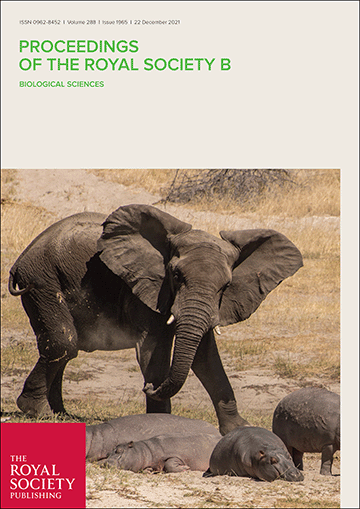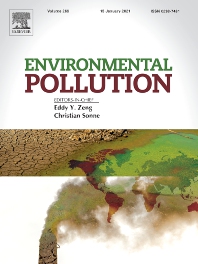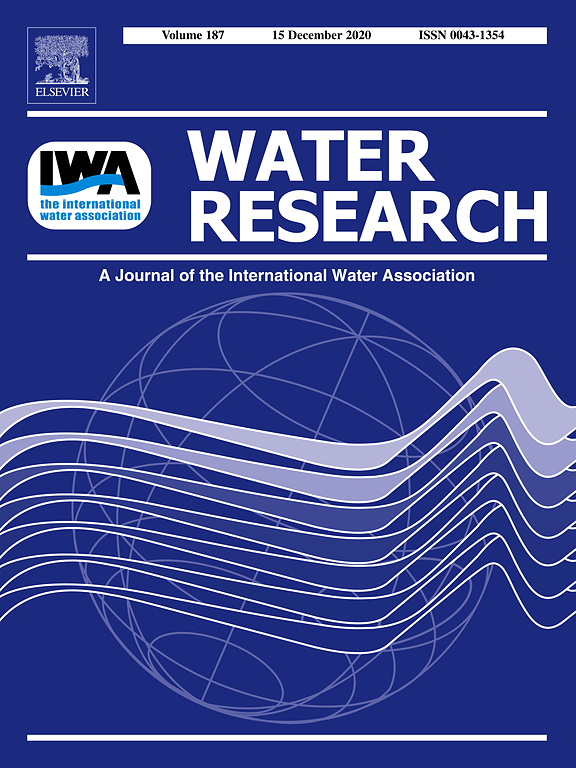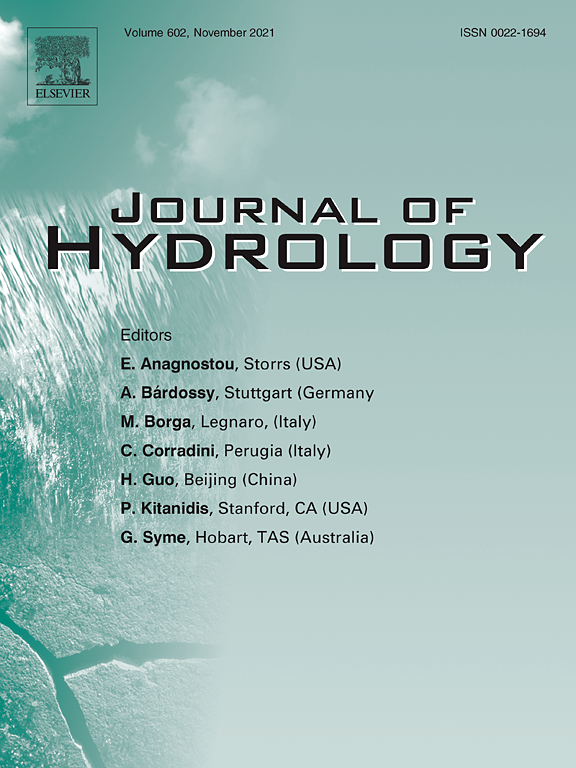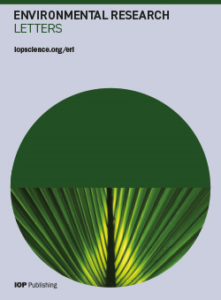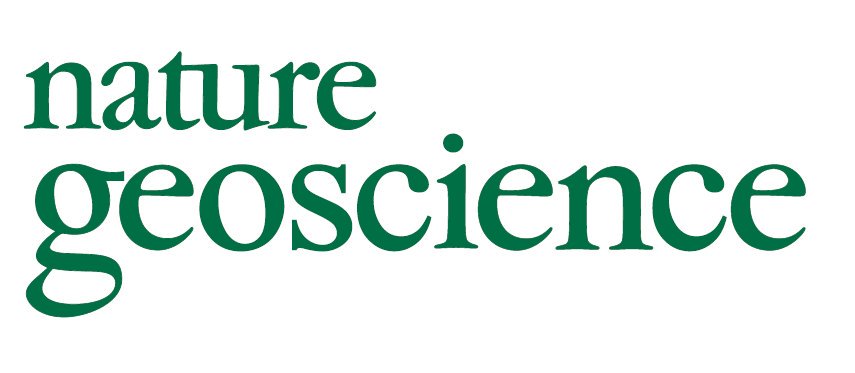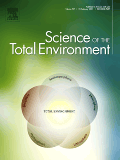Genomic regions associated with adaptation to predation in Daphnia often include members of expanded gene families
The authors investigated the genetic basis underpinning the adaptation of prey to predation. The expansion of multiple gene families might be a key evolutionary event for Daphnia to survive in a habitat containing predators. For example, the expansions of gene families associated with chemoreception and vision allow Daphnia to enhance detection of predation risk.
Importance of exposure route in determining nanosilver impacts on a stream detrital processing chain
The paper reports impacts of silver nanoparticles (AgNPs) and ionic silver (Ag+) on an aquatic processing chain of leaves, microbes, shredders and collectors. AgNPs and Ag+ affect multiple links of the processing chain at environmentally realistic concentrations. Shredders respond more sensitively than collectors. Leaf-associated fungal biomass and microbial leaf decomposition are being reduced.
Making waves. Bridging theory and practice towards multiple stressor management in freshwater ecosystems
The authors identified limitations to the development of multiple-stressor management strategies and address these within an empirical framework. They give recommendations for the use of empirical models and experiments to predict the effects of freshwater degradation in response to changes in multiple stressors and offer practical advice for management strategies in 3 multiple-stressor scenarios.
Impacts of detritivore diversity loss on instream decomposition are greatest in the tropics
The study wanted to determine whether detritivore diversity enhances leaf litter decomposition in streams and how patterns vary across realms, biomes and climates. It indicates a positive relationship between detritivore diversity and decomposition rate particularly in the tropics, whereas at higher latitudes decomposition rate was more strongly correlated with detritivore abundance and biomass.
Hydroclimatic variability and riparian wetland restoration control the hydrology and nutrient fluxes in a lowland agricultural catchment
The authors assessed the long-term (30yrs) changes in climate, discharge, groundwater levels and stream water quality in a mixed land use catchment. Climatic variability strongly influenced the catchment’s hydrology, while nutrient dynamics were primarily controlled by intrinsic solute characteristics. Riparian management was critical in modulating hydrological and nutrient variations.
The world's largest heliothermal lake newly formed in the Aral Sea basin
This survey on the seasonal thermal and mixing regime in a hypersaline basin of the Aral Sea revealed a newly formed two-layered structure with strong gradients of salinity and water transparency at mid-depths. As a result, the Chernyshev has evolved to an unprecedently large (∼80 km2) heliothermal lake accumulating solar energy in the subsurface temperature maximum with temperatures up to 37 °C.
Attribution of global lake systems change to anthropogenic forcing
The authors have uncovered the human imprint on lakes worldwide using hindcasts and projections from five lake models. Reanalysed trends in lake temperature and ice cover in recent decades are extremely unlikely to have occurred without the warming effect of rising greenhouse-gas emissions and implicate decline of ice thickness and duration worldwide.
Changing pattern of water level trends in eurasian endorheic lakes as a response to the recent climate variability
To address the large-scale patterns of hydrological response to the climate change, we investigated the variability of levels in 15 Eurasian lakes. Satellite altimetry revealed a heterogeneous pattern among different regions of the worldwide largest endorheic area: lake levels increased significantly in Central Asia and the Tibetan Plateau but decreased on the Mongolian Plateau.
An automatic method to detect lake ice phenology using MODIS daily temperature imagery
The authors developed a new method of satellite data processing for lake ice determination and applied it to investigation of ice regime on Chinese lakes. The method allowed to obtain estimates of the climate driven trends in ice phenology including the duration of transitional periods of partial ice coverage.
Non-English languages enrich scientific knowledge: the example of economic costs of biological invasions
The authors compiled global economic cost data of invasive species from non-English sources. A large number of costs were added for new invasive species and new countries. As a result, global cost estimates of invasions increased by 16.6% (US$ 214 billion). Multi-language collaborations are necessary to enrich scientific knowledge, to enhance data completeness and reduce knowledge gaps.


